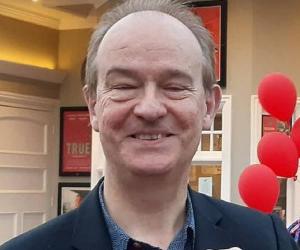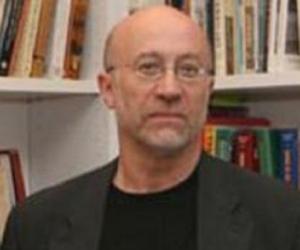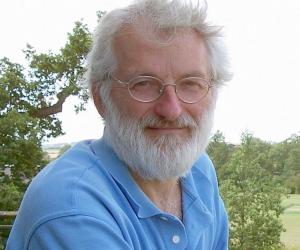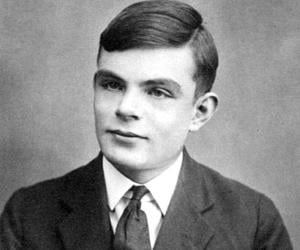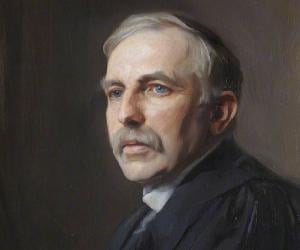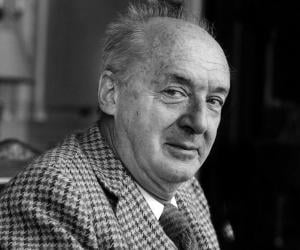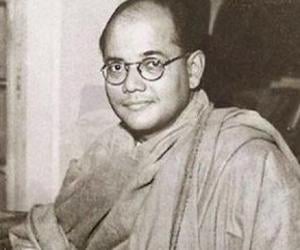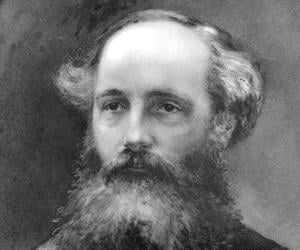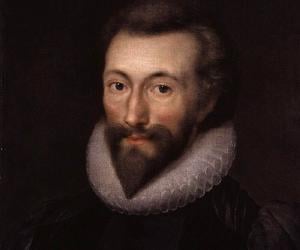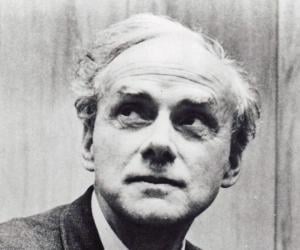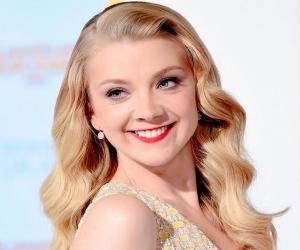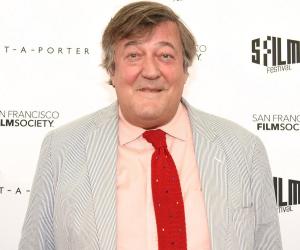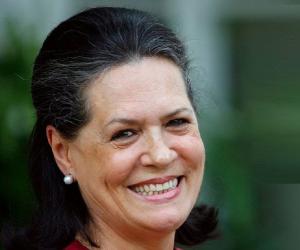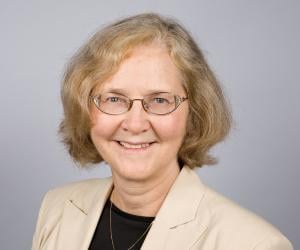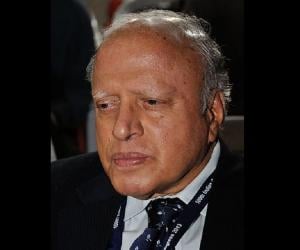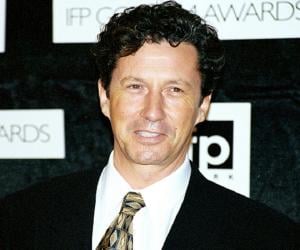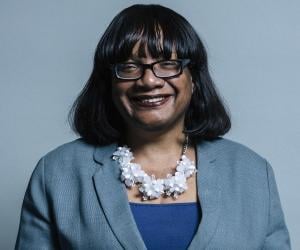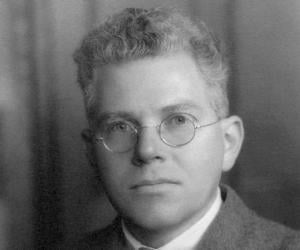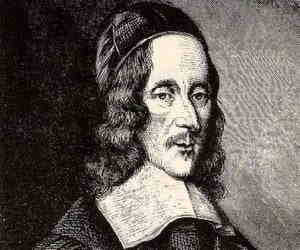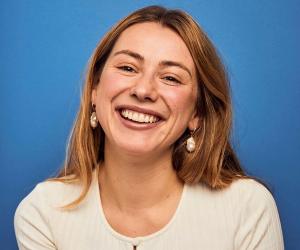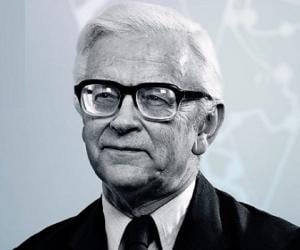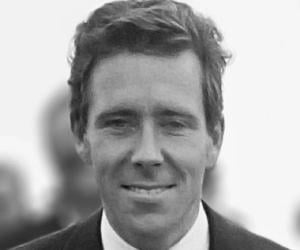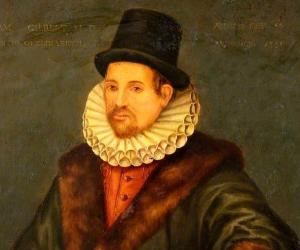Regarded as the father of computer science and artificial intelligence, Alan Turing was a distinguished mathematician and logician. During WWII, he successfully broke the challenging German Enigma machine codes thereby reducing the duration of war by a couple of years. The scientist, who was convicted for being gay, has been an inspiration for numerous films, plays and novels.
New Zealand physicist Ernest Rutherford is remembered as the father of nuclear physics. His discovery of radioactive half-life and of radon, and his differentiation of alpha and beta radiation, won him the Nobel Prize in Chemistry in 1908. Element 104 was named rutherfordium in his honor.
An Indian nationalist known for his role in the country’s struggle for freedom from the British, Subhas Chandra Bose was a politician with radical views. He was part of the Indian National Congress in the late 1920s and 1930s. However, his association with Nazi Germany and Imperial Japan made him a controversial figure.
Scottish physicist James Maxwell’s contributions included the formulation of the classical theory of electromagnetic radiation and the production of the first light-fast color photograph. His Maxwell–Boltzmann distribution explored the kinetic theory of gases. He has also written poems and was an Elder of the Church of Scotland.
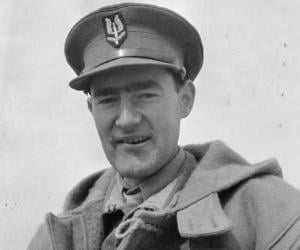
Scottish-born British Army officer David Stirling was known for his exploits in World War II, during which he formed and led the British Special Air Service (SAS). Following the war, he focused on combating racism in colonial Africa and even formed a foundation for animal conservation. He was knighted for his achievements.
English theoretical physicist and Nobel laureate Paul Dirac OM FRS, counted among leading physicists of the 20th century, made fundamental contributions in the early development of quantum electrodynamics and quantum mechanics. He derived the Dirac equation while the modern theory of antimatter began with one of his papers. His book The Principles of Quantum Mechanics remains an influential monograph on the subject.
Natalie Dormer is a popular English actress who received international recognition after playing Margaery Tyrell in one of the most popular TV series of all time, Game of Thrones. Also known for her charity work and advocacy, Natalie traveled to Tanzania in 2017 along with a humanitarian organization called Plan International to ban child marriage in the East African country.
One half of the famous comedy duo Fry and Laurie, Stephen Fry is an English actor and comedian. Considered a living legend by many, Stephen Fry has made major contributions to the field of entertainment and literature. An openly gay man, Fry serves as an inspiration to the LGBT community. He is also known for his charitable activities.
Sonia Gandhi is an Indian politician and president of one of the most prominent Indian political parties, The Indian National Congress. As the president of Indian National Congress, which has been one of India's most successful political parties in the country's post-independence history, Sonia Gandhi remains one of the most powerful women in India.
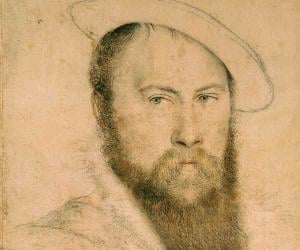
Apart from being a lyric poet who is credited with having written the first English sonnets, Thomas Wyatt was also a seasoned politician and an ambassador who was patronized by Thomas Cromwell. He was also said to have had an affair with Anne Boleyn and was later arrested for it.
Nobel Prize-winning Australian-American biochemist and molecular biologist Elizabeth Blackburn is best known for co-discovering the enzyme telomerase. She was allegedly removed from the American President's Council on Bioethics over her support for stem cell research, which went against the government. She has honorary doctorate degrees from Harvard, Yale, and Princeton.
Ramon Magsaysay Award-winning geneticist M. S. Swaminathan is best known for his contribution to the Indian Green Revolution. Featured on Time, he introduced high-yielding varieties of wheat and rice seedlings to Indian farmers. He is also known for his administrative work as part of the Indian civil services.
British actor Charles Shaughnessy is best known for playing Shane Donovan in the soap opera Days of Our Lives. The son of a TV writer, he was introduced to the show business at an early age and started acting as a child. In the ensuing decades, he established himself as a successful character actor with versatile TV roles.
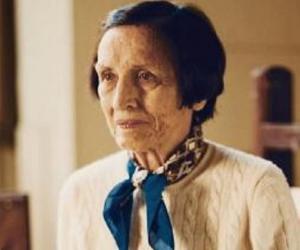
Françoise Gilot is a French painter whose professional career was overshadowed by her long and turbulent relationship with Spanish painter Pablo Picasso. After breaking up with Picasso, with whom Gilot had two children, the former deterred galleries from buying her work. He even tried blocking the release of her memoir Life With Picasso which was released in 1964.
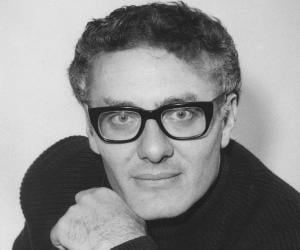
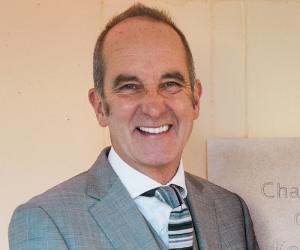
Designer and TV personality Kevin McCloud has soared to fame with the series Grand Designs. A Cambridge architecture alumnus, McCloud is a specialist in renovations. He also won an MBE for his sustainable designs. He has also penned designing books, such as Kevin McCloud's Decorating Book.
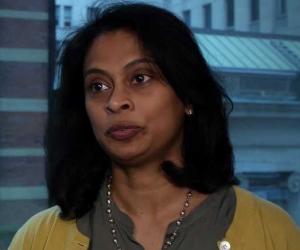
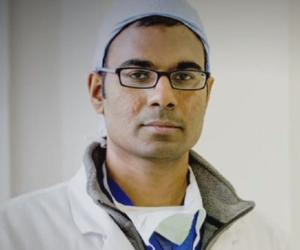
Indian-American neurosurgeon and author Paul Kalanithi was a brilliant student, who initially studied both English literature and human biology at Stanford and later studied medicine at Yale. He died of metastatic lung cancer but not before penning the memoir When Breath Becomes Air, a New York Times bestseller, released posthumously.
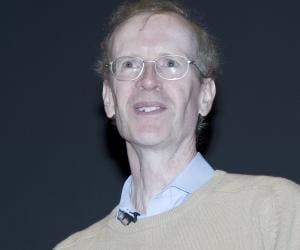
English mathematician Sir Andrew John Wiles, a Royal Society Research Professor at the University of Oxford, is best known for proving the modularity theorem for semistable elliptic curves, thereby proving Fermat's Last Theorem for which he was awarded the Abel Prize and the Copley Medal by the Royal Society. He also proved the main conjecture of Iwasawa theory.
Mark Oliphant was an Australian humanitarian and physicist who played a prominent role in the first experimentation of nuclear fusion. He also played an influential role in the development of nuclear weapons. Oliphant is credited with founding the Australian Academy of Science. Over the course of his illustrious career, Mark Oliphant received several prestigious awards, such as the Hughes Medal.
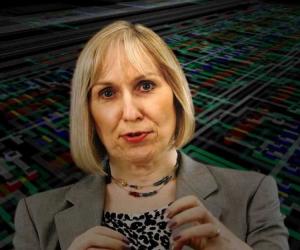
The brain behind the Acorn Micro-Computer, Sophie Wilson also contributed to the BBC Micro and ARM architecture. During her first summer vacation at Cambridge, she designed an automated cow-feeder. Born Roger Wilson, she went through a sex-change surgery in 1994. She is also associated with local theater groups.
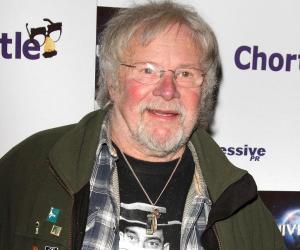
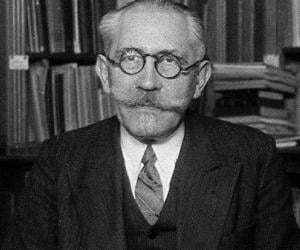
Best known for developing the Langevin dynamics and the Langevin equation, physicist Paul Langevin was also a staunch Communist. Having worked on his doctoral thesis under Pierre Curie, he had formed a connection with Curie’s wife, Marie Curie, which developed into a full-blown love affair after Pierre’s death.
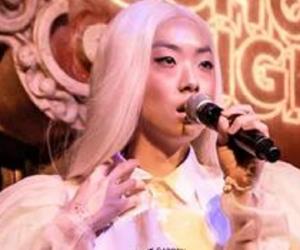
George Herbert was an orator, poet, and priest of the Church of England. Although he is regarded as one of the most important British devotional lyricists, Herbert's poetry is often associated with the works of popular metaphysical poets. He was also a collector of proverbs and his collection was published in 1640.
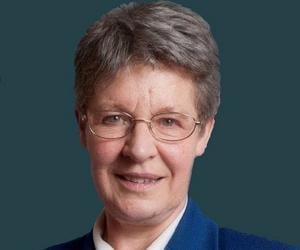
Jocelyn Bell Burnell is an astrophysicist from Northern Ireland. As a postgraduate student, she discovered the first radio pulsars. She graduated from the University of Glasgow and pursued an academic career. In 2018, she received the Special Breakthrough Prize in Fundamental Physics for her discovery of radio pulsars. She donated the three million dollars she received as prize money.
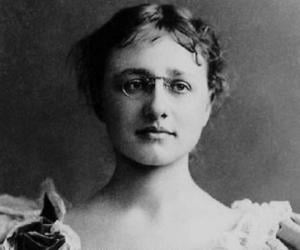
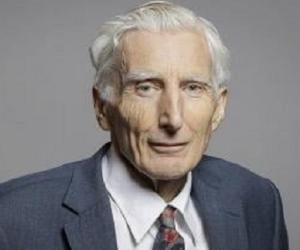
Born to educator parents, Martin Rees excelled in math since childhood. The cosmologist and astrophysicist later taught at Cambridge, Princeton, and Harvard. Known for his research on the big-bang theory, he also won awards such as the Templeton Prize and penned books such as Our Final Century.
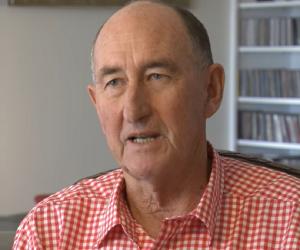
Herb Elliott is a former Australian athlete considered the world's greatest middle-distance runner of his era. He won the gold medal in the 1500 meters at the 1960 Rome Olympics. He achieved 36 wins over this distance and never lost a mile race. Following his retirement from athletics, he built a successful career in business.
Nobel Prize-winning biochemist John Kendrew revolutionized science with his 3-D model of the muscle protein myoglobin. The Cambridge alumnus later co-founded the European Molecular Biology Organization and had been the editor-in-chief of the Journal of Molecular Biology. He had also worked on operational research for the Royal Air Force.
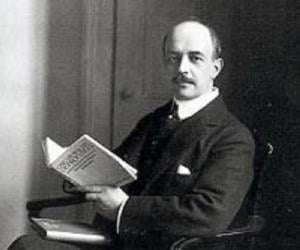
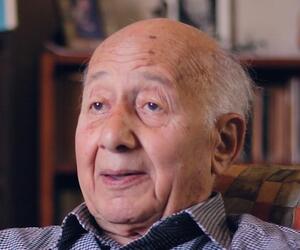
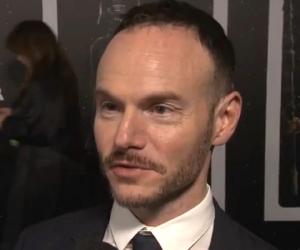
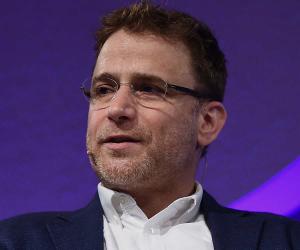
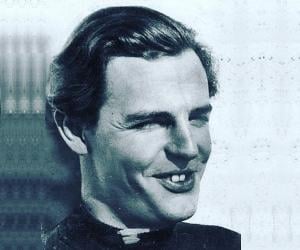
While he was a member of the British Foreign Office, diplomat Donald Maclean was also simultaneously spying for the Soviet Union as part of the Cambridge Five, supplying them confidential information. He eventually vanished from England and reappeared as a Communist in the Soviet Union, years later.
Fakhruddin Ali Ahmed was an Indian politician and lawyer who served as the country's fifth president from 1974 to 1977. He became only the second Indian president to die in office. He was also only the second Muslim to serve as the president of India. He signed the proclaimation by which the Emergency was imposed in India
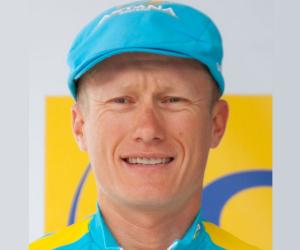
From working as a photographer to becoming one of the members of the British royal family, Antony Armstrong-Jones, 1st Earl of Snowdon had an amazing journey. Despite being known for his marriage with Princess Margaret, he was also known for his philanthropy and charity work. He also co-designed the Snowdon Aviary, which is now part of the famous London Zoo.
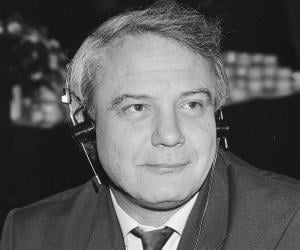
Vladimir Bukovsky was a Russian-born British writer and human rights activist. An important member of the Soviet dissident movement, Bukovsky spent 12 years in prisons, psychiatric prison-hospitals, and labor camps of the Soviet Union. A neurophysiologist, Bukovsky is celebrated for his efforts to expose Soviet Union's political abuse of psychiatry. In 2001, he was awarded the Truman-Reagan Medal of Freedom.
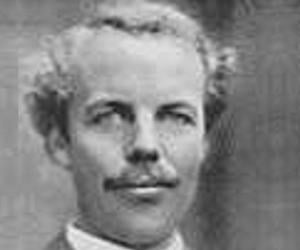
One of Alfred Marshall’s favorite students, Arthur Cecil Pigou was initially a history scholar at King's College but later deviated to economics. One of the most significant figures of neoclassical economics, he specialized in welfare economics and penned pathbreaking works such as The Economics of Welfare.
William Gilbert was a 16th-century English physician, physicist, astronomer, and natural philosopher. He earned his MD from Cambridge and practiced medicine in London. He was a much-respected figure and was made the president of the Royal College of Physicians. He served as Queen Elizabeth I's and King James VI and I’s personal physician.
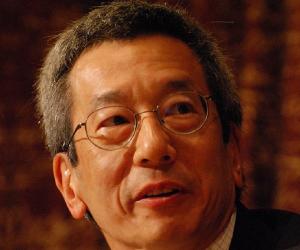
Co-recipient of the 2008 Nobel Prize for Chemistry for discovery and development of the green fluorescent protein, Roger Yonchien Tsien began working on the subject in collaboration with Osamu Shimomura and Martin Chalfie while serving as professor of chemistry and biochemistry at University of California. Also a pioneer of calcium imaging, he is known for developing various dyes including Fura-2.
